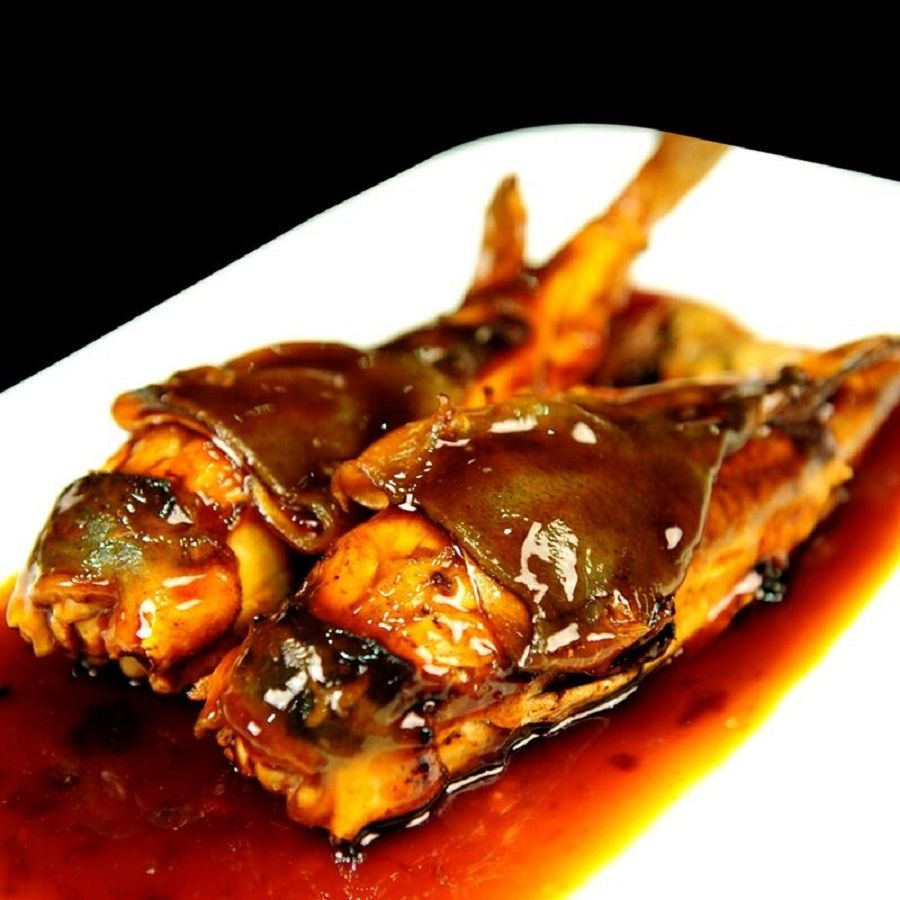A taste of Changzhou: Best from the rivers and lakes

The China Folklore Society organised a trip to Changzhou (常州) to study the city's intangible cultural heritage, in particular Changzhou cuisine and cooking methods. It invited me to be part of the expedition team. I told my friend at the society that Changzhou food is rather obscure in the canon of Chinese cuisine. I haven't really had the chance to try it myself and would be hard put to make many comments. If they really wanted me to critique the food, I would have to taste it first. My friend replied that there was no hurry and that everything was arranged - we would stay there for two days, enjoying an array of authentic Changzhou dishes and snacks from morning to night.
Situated between Zhenjiang and Wuxi, Changzhou belongs to the Wu-speaking (吴语) region of Jiangnan. On the map, it is clear that the city sits in the Jiangnan circle comprising Nanjing, Yangzhou and Suzhou. Naturally, its food and lifestyle patterns are influenced by Yangzhou and Suzhou cultures.
Yangzhou dishes are part of China's Huaiyang cuisine, which features northern flavours and is slightly saltier than other cuisines. Suzhou dishes are typical of Jiangnan cuisine, which is pillowy, glutinous and sweeter than other cuisines. Trapped in the middle, Changzhou cuisine takes the "middle way" with a mix of sweet and savoury dishes mostly incorporating ingredients from the rivers and lakes, and using fresh and light recipes.
Tianmu Lake claypot fish head and braised pufferfish
I have long heard about the Tianmu Lake claypot fish head being a Changzhou specialty but never had the chance to try it. I wondered how different it would be from the common claypot fish head, and whether Changzhou's claypot fish head was really that extraordinary and a notch above the rest. I made a note to try this dish in Changzhou and to ascertain it for myself.

I asked my organiser friend to let me know which local Changzhou delicacies we would be trying. He rattled off many traditional Changzhou dishes such as braised pork with yellow wine lees, red bean paste wrapped in pork lard, braised pork trotters, sweet rice pudding and so on.
He said we would mainly be sampling dishes made with everything caught from the rivers and lakes, so we would certainly be trying stir-fried shrimps and the "three whites" (white shrimp, whitebait and whitefish) of Lake Tai. He assured me that he had already made sure to put the Tianmu Lake claypot fish head I was so eager to try on the menu. He had also included Buddha Jumps Over the Wall with river ingredients, as well as braised pufferfish.
Hearing that we would be trying pufferfish, I was immediately reminded of a few lines in Song dynasty poet Su Shi's poem (《春江晚景》): "A few branches of peach blossoms have just bloomed outside the bamboo forest. The ducks waddling in the water know first when the river becomes warm in spring. Chinese mugwort fills the river bank and reeds are sprouting. Pufferfish are now swimming against the current, returning to the river from the sea."
Thinking back, pufferfish has been prepared and cooked for thousands of years in the Jiangnan region since Su Shi's time.

Pufferfish spawn during Qingming, migrating from the sea to the river. At this time, they are at their plumpest and most delicious. But their organs are very poisonous. Eating an improperly prepared pufferfish would result in mouth numbness, which is why gourmands say: "Eat pufferfish at your own risk." I've heard that in the past, when fishermen served pufferfish to their landlords during Qingming, they had to taste it first to prove that it had been properly prepared and was safe to eat.
Thinking back, pufferfish has been prepared and cooked for thousands of years in the Jiangnan region since Su Shi's time. People eat it every year, so there must be a reliable way to prepare it that has been passed down from generation to generation. It can be listed as an intangible cultural heritage.
A compendium of Jiangnan cuisine
Because I had to give a lecture in Taiwan, I reached Changzhou a day later than the rest. When I arrived, the intangible cultural heritage experts had already had their fill of the first round of local delicacies; they spoke highly of the delicious food they tried, describing how they were served a whopping 20 main dishes, on top of eight other mouth-watering appetisers. They went on about how it was a pity that I had missed out. I could only reply, "It's okay, there's the next meal."
Each dish was an authentic Jiangnan delicacy, neither too sweet nor salty, and just enough to whet the appetite.

It turned out that our next meal was at a famous restaurant helmed by a national first-level chef who had won many awards. We were first served eight appetisers, including braised broad beans, smoked fish, saltwater pork tripe, dried beancurd with Indian aster, stir-fried river snails, celtuce salad, spare ribs with sauce, and secret recipe sweet potatoes. Each dish was an authentic Jiangnan delicacy, neither too sweet nor salty, and just enough to whet the appetite.
Then came the first main dish, the complex claypot softshell turtle and pork trotter. Putting aside how fresh and delightful it was, the pork trotters were sticky, tender and melt-in-the-mouth, tasting better than the "skirt" of the softshell turtle, much to my surprise. Then came stir-fried shrimps, which were indeed fresh, crunchy and delicious.
Before my taste buds could savour each delicacy that was served, stewed mussels and lion's head meatballs, braised pufferfish, crispy beef, beer braised duck, mugwort qingtuan (green glutinous rice dumplings), fish balls made with shrimp, fish and pork, stir-fried Chinese toon with free-range chicken eggs, stewed tofu with Jinhua prosciutto and mushrooms, oil-braised spring bamboo shoots, pan-fried ravioli, and pea shoots stir-fried with baijiu were served one after another. It was not until fried rice with dried radish and fresh milk "panna cotta" were served that our meal came to an end.
It's rather like bringing a small umbrella on your spring walk expecting a drizzle, but finding a level 12 typhoon instead.
Light and refined
The never-ending plates of delicious food served can be quite overwhelming for someone intent on carefully savouring each dish. It's rather like bringing a small umbrella on your spring walk expecting a drizzle, but finding a level 12 typhoon instead. One can only learn from Su Shi, and "care not about the pitter-patter of rain through the forest but sing my heart out and advance calmly ahead". The dishes can come fast and furious all they want, but I'll follow my own pace and take my time savouring each of them.

As I took my time to sample the dishes, I found that I liked the stewed mussels and lion's head meatballs and braised pufferfish best. They were light and refined foods, not too greasy, and left a lingering taste in the mouth. A line in Six Dynasties poet Tao Yuanming's poem is apt: "This encapsulates the true meaning of life, but I've forgotten how to express it properly when I want to do so."
The stewed tofu with prosciutto and mushrooms was amazing as well, and it was all thanks to the tofu: it was silky smooth like egg whites but tasted exactly like traditional firm tofu with a smoky flavour and a melt-in-the-mouth texture. The dried radish in the fried rice had a unique flavour as well: it was crunchy, fresh, flavourful and pretty extraordinary.
As soon as I bit into the mugwort qingtuan, I suddenly thought to myself: ah, Qingming is right around the corner.
This article was first published in Chinese on United Daily News as "常州菜" in 2016.
